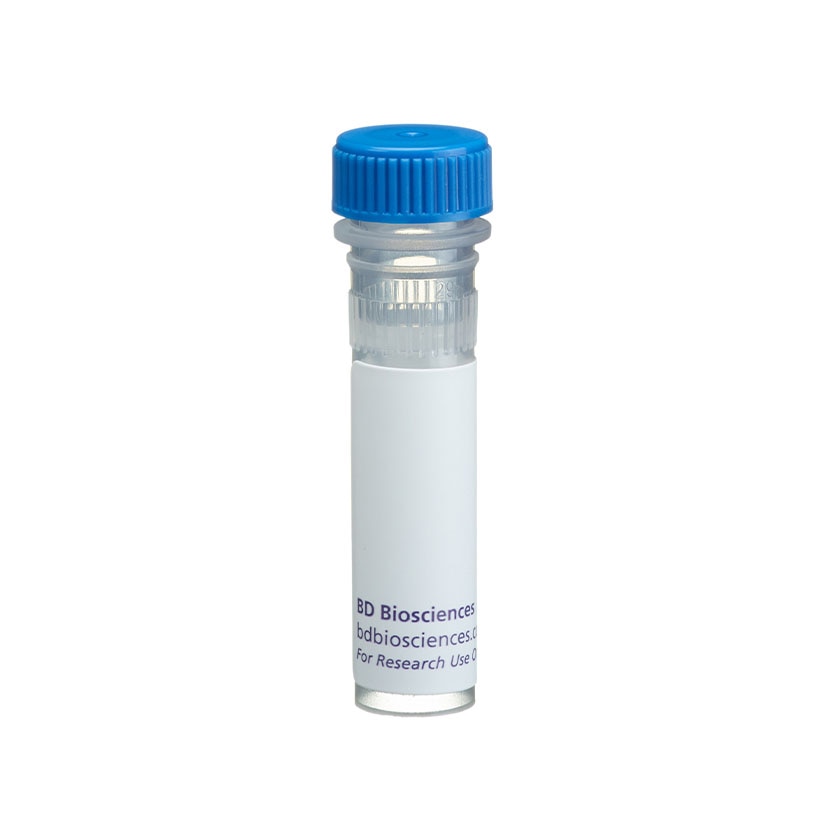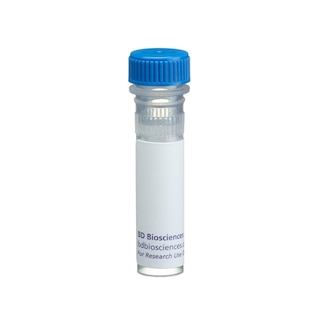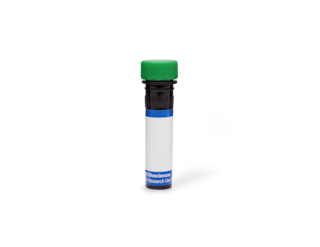-
Reagents
- Flow Cytometry Reagents
-
Western Blotting and Molecular Reagents
- Immunoassay Reagents
-
Single-Cell Multiomics Reagents
- BD® OMICS-Guard Sample Preservation Buffer
- BD® AbSeq Assay
- BD® Single-Cell Multiplexing Kit
- BD Rhapsody™ ATAC-Seq Assays
- BD Rhapsody™ Whole Transcriptome Analysis (WTA) Amplification Kit
- BD Rhapsody™ TCR/BCR Next Multiomic Assays
- BD Rhapsody™ Targeted mRNA Kits
- BD Rhapsody™ Accessory Kits
- BD® OMICS-One Protein Panels
-
Functional Assays
-
Microscopy and Imaging Reagents
-
Cell Preparation and Separation Reagents
-
- BD® OMICS-Guard Sample Preservation Buffer
- BD® AbSeq Assay
- BD® Single-Cell Multiplexing Kit
- BD Rhapsody™ ATAC-Seq Assays
- BD Rhapsody™ Whole Transcriptome Analysis (WTA) Amplification Kit
- BD Rhapsody™ TCR/BCR Next Multiomic Assays
- BD Rhapsody™ Targeted mRNA Kits
- BD Rhapsody™ Accessory Kits
- BD® OMICS-One Protein Panels
- Australia (English)
-
Change country/language
Old Browser
Looks like you're visiting us from United States.
Would you like to stay on the current country site or be switched to your country?
BD Transduction Laboratories™ Purified Mouse Anti-CtBP2
Clone 16/CtBP2 (RUO)




Western blot analysis of CtBP2 on a BC3H1 cell lysate (Mouse brain smooth muscle-like cells; ATCC CRL-1443). Lane 1: 1:1000, lane 2: 1:2000, lane 3: 1:4000 dilution of the mouse anti-CtBP2 antibody.

Immunofluorescence staining of SK-N-MC (Human neuroblastoma; ATCC HTB-10).




Regulatory Status Legend
Any use of products other than the permitted use without the express written authorization of Becton, Dickinson and Company is strictly prohibited.
Preparation And Storage
Recommended Assay Procedures
Western blot: Please refer to http://www.bdbiosciences.com/pharmingen/protocols/Western_Blotting.shtml
Product Notices
- Since applications vary, each investigator should titrate the reagent to obtain optimal results.
- Please refer to www.bdbiosciences.com/us/s/resources for technical protocols.
- Caution: Sodium azide yields highly toxic hydrazoic acid under acidic conditions. Dilute azide compounds in running water before discarding to avoid accumulation of potentially explosive deposits in plumbing.
- Source of all serum proteins is from USDA inspected abattoirs located in the United States.
Data Sheets
Companion Products


Transcriptional repression is critical for genetic regulation of many cellular proteins, and involves either a transcription regulator that has an intrinsic repressor domain, or a transcription regulator that contains a binding site in the regulatory domain where a co-repressor can bind. C-terminal binding proteins (CtBP1 and CtBP2) are a class of co-repressors that interact with a subset of transcription factors through a PLDLSL sequence motif. CtBP1 and CtBP2 are 80% homologous, and both are expressed at high levels in embryonic tissues. However, CtBP1 is expressed higher in adult tissues, and is more widely expressed in embryonic and adult tissues. Both CtBP1 and CtBP2 bind the δEF1 zinc finger-homeodomain transcription factor, and enhance transcriptional repression via interaction with the PLDLSL-sequence in δEF1. CtBP1 and CtBP2 bind other zinc finger transcription factors, including Kheper and BKLF. In addition, CtBP2 interacts with other transcription factors, such as hFOG-2, Evi-1, AREB6, and ZEB. Thus, CtBP1 and CtBP2 may be important co-repressors for a variety of transcriptional factors.
This antibody is routinely tested by western blot analysis. Other applications were tested at BD Biosciences Pharmingen during antibody development only or reported in the literature.
Development References (5)
-
Furusawa T, Moribe H, Kondoh H, Higashi Y. Identification of CtBP1 and CtBP2 as corepressors of zinc finger-homeodomain factor deltaEF1. Mol Cell Biol. 1999; 19(12):8581-8590. (Biology). View Reference
-
Hildebrand JD, Soriano P. Overlapping and unique roles for C-terminal binding protein 1 (CtBP1) and CtBP2 during mouse development. Mol Cell Biol. 2002; 22(15):5296-5307. (Biology: Immunohistochemistry, Western blot). View Reference
-
Katsanis N, Fisher EM. A novel C-terminal binding protein (CTBP2) is closely related to CTBP1, an adenovirus E1A-binding protein, and maps to human chromosome 21q21.3. Genomics. 1998; 47(2):294-299. (Biology). View Reference
-
Muraoka O, Ichikawa H, Shi H. Kheper, a novel ZFH/deltaEF1 family member, regulates the development of the neuroectoderm of zebrafish (Danio rerio). Dev Biol. 2000; 228(1):29-40. (Biology). View Reference
-
Turner J, Crossley M. Cloning and characterization of mCtBP2, a co-repressor that associates with basic Kruppel-like factor and other mammalian transcriptional regulators. EMBO J. 1998; 17(17):5129-5140. (Biology). View Reference
Please refer to Support Documents for Quality Certificates
Global - Refer to manufacturer's instructions for use and related User Manuals and Technical data sheets before using this products as described
Comparisons, where applicable, are made against older BD Technology, manual methods or are general performance claims. Comparisons are not made against non-BD technologies, unless otherwise noted.
For Research Use Only. Not for use in diagnostic or therapeutic procedures.
Refer to manufacturer's instructions for use and related User Manuals and Technical Data Sheets before using this product as described.
Comparisons, where applicable, are made against older BD technology, manual methods or are general performance claims. Comparisons are not made against non-BD technologies, unless otherwise noted.